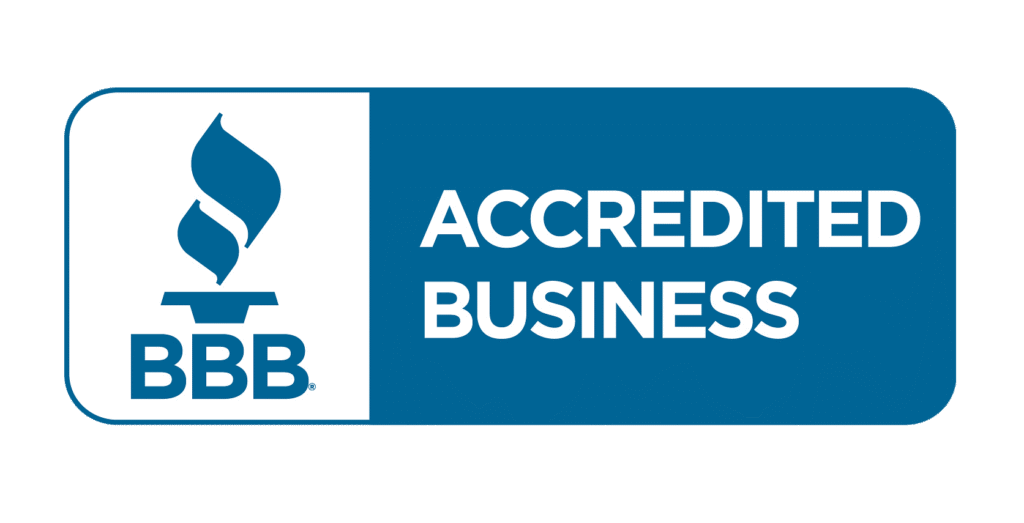Mold Removal and Inspection in The Annex
Mold is a common problem for homes and businesses. It often occurs in places with high humidity or water damage. For mold removal in The Annex, a lively neighbourhood in Toronto, residents must watch out for mold. This helps keep their homes safe and healthy. This guide will look at why mold inspection and removal are important. It will explain the steps involved and how to pick the right professionals for the job. CPR24 Restoration provides many mold removal services. These include basement mold removal, attic mold removal, and bedroom mold removal. We also provide mold removal services. This includes ceiling mold, toxic black mold, kitchen mold, and drywall mold removal. Mold is a serious issue that requires prompt attention and action. By understanding the importance of mold inspection and removal, homeowners in The Annex can protect their health and property. Choosing qualified professionals, implementing preventive measures, and conducting regular inspections are essential steps in maintaining a mold-free environment. If you think there is mold in your home, contact experts right away. They can keep you safe and give you peace of mind. If you need mold removal services you can search “mold inspector near me”. Understanding Mold: What You Need to Know Mold is a type of fungus that thrives in damp environments. It reproduces through tiny spores that can easily become airborne, making it difficult to control. Understanding the nature of mold is crucial for effective management and prevention. Types of Mold There are several types of mold, each with its characteristics and potential health risks. Common types include: Health Risks Associated with Mold Being around mold can cause health issues. This is especially true for people with breathing problems, allergies, or weak immune systems. Symptoms may include: Understanding these risks emphasizes the importance of timely mold inspection and removal. The Importance of The Annex Mold Inspection Mold inspection is a critical first step in addressing mold issues. It involves a thorough assessment of the property to identify mold presence and potential sources of moisture issues. When to Schedule an Inspection Homeowners should consider scheduling a mold inspection in the following situations: What to Expect During an Inspection A professional mold inspection typically includes: This comprehensive approach identifies all potential mold issues. The Annex Mold Removal Process Once mold is detected, the removal process must be initiated promptly to prevent further growth and health risks. Step 1: Containment To prevent mold spores from spreading during removal, the affected area must be contained. This often involves sealing off the area with plastic sheeting and using negative air pressure machines. Step 2: Removal The actual removal process varies depending on the extent of the mold growth: Step 3: Cleaning and Disinfection After removal, the area must be thoroughly cleaned and disinfected to eliminate any remaining spores. This may involve using HEPA vacuums and antimicrobial solutions. Step 4: Restoration Once the area is clean, any damaged materials will need to be restored or replaced. This may include repainting walls or replacing flooring. Choosing the Right Mold Removal Professionals: The Annex Selecting a qualified mold removal company is essential for effective remediation. Here are key factors to consider: Experience and Certification Look for companies with extensive experience in mold removal and relevant certifications, such as IICRC (Institute of Inspection, Cleaning and Restoration Certification). This ensures they adhere to industry standards. Customer Reviews Researching customer feedback can provide insight into a company’s reliability and quality of service. Look for reviews on independent platforms to gauge overall satisfaction. Comprehensive Services Choose a company that offers a full range of services, including mold inspection, removal, and air quality testing. This ensures a holistic approach to mold management. Preventing Future Mold Growth The Annex After addressing existing mold issues, it’s crucial to implement preventive measures to avoid future problems. Control Humidity Levels Maintaining indoor humidity levels below 60% can significantly reduce mold growth. Consider using dehumidifiers in damp areas such as basements and bathrooms. Ensure Proper Ventilation Good airflow is essential for preventing moisture buildup. Ensure that areas like kitchens and bathrooms are well-ventilated, using exhaust fans where necessary. Regular Inspections Conducting regular inspections can help identify potential mold issues before they escalate. This proactive approach is key to maintaining a healthy environment with no health problems. The Role of Air Quality Testing Air sampling is an essential component of mold management. It helps identify airborne mold spores and other contaminants that may affect health. Benefits of Air Quality Testing When to Consider Testing Air quality testing is particularly important in the following scenarios: Understanding Asbestos and Its Relation to Mold In older homes, asbestos may be present alongside mold issues. Understanding the relationship between these two hazards is crucial for safe remediation. What is Asbestos? People commonly used asbestos, a naturally occurring mineral, in construction materials because of its fire-resistant properties. However, it poses serious health risks when disturbed, leading to respiratory diseases. Identifying Asbestos If you built your home before 1986, you should test for asbestos. This is especially true if you plan to renovate. Professional inspectors can safely assess and manage any asbestos-related concerns. The Cost of Mold Removal in The Annex Understanding the costs associated with mold removal can help homeowners budget effectively. Several factors influence the overall expense: Factors Affecting Cost If you have mold problems in The Annex, quick and professional mold removal and inspection are important. They help protect your property and health. At CPR24 Restoration, we focus on mold inspection and removal. We design our services for both historic and modern homes in The Annex. Our certified experts use advanced tools to find hidden mold. This mold can be behind walls, under floors, and in attics. Toronto’s humid climate often affects these areas. Once we find the mold, we use safe and approved methods to remove it completely. This keeps your home safe and mold-free. Immediate action is vital: mold can spread rapidly and cause respiratory issues, structural damage, and costly repairs if ignored. Our detailed inspections









